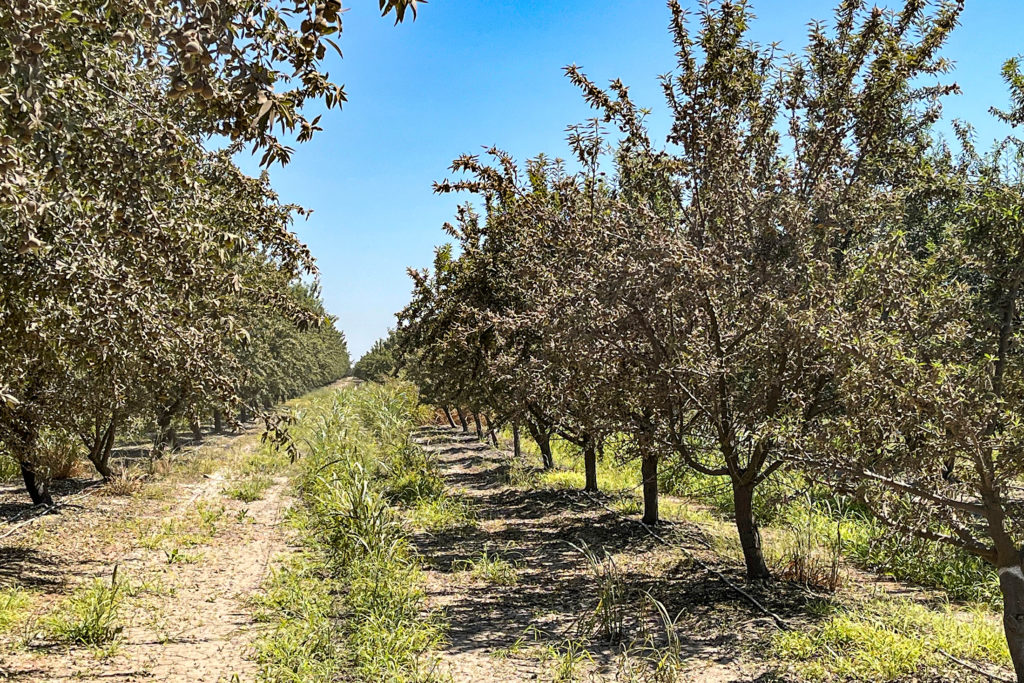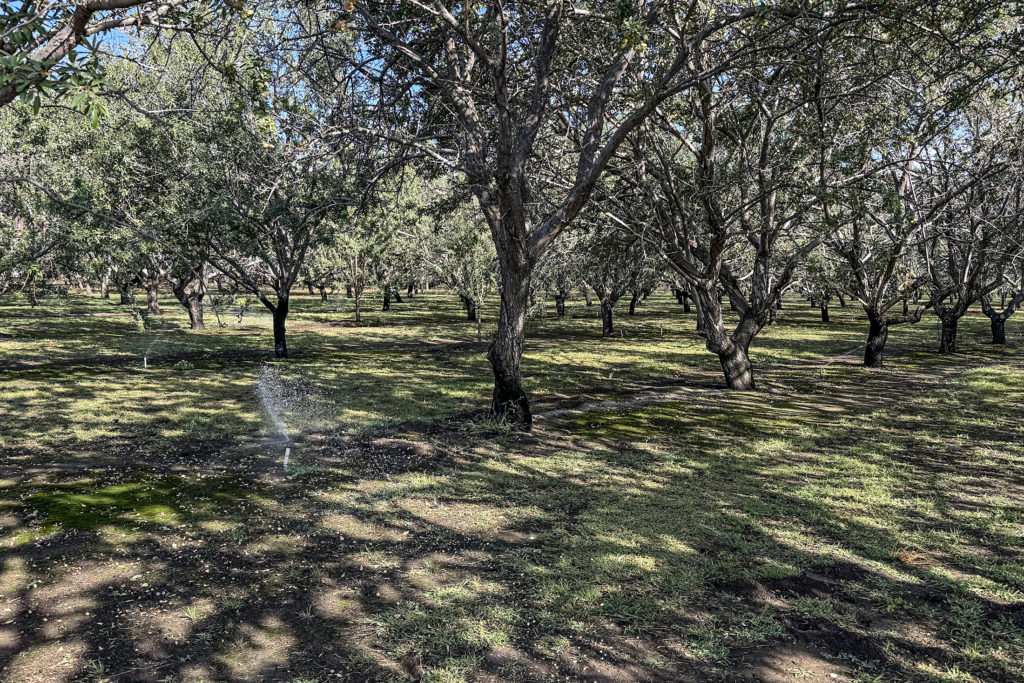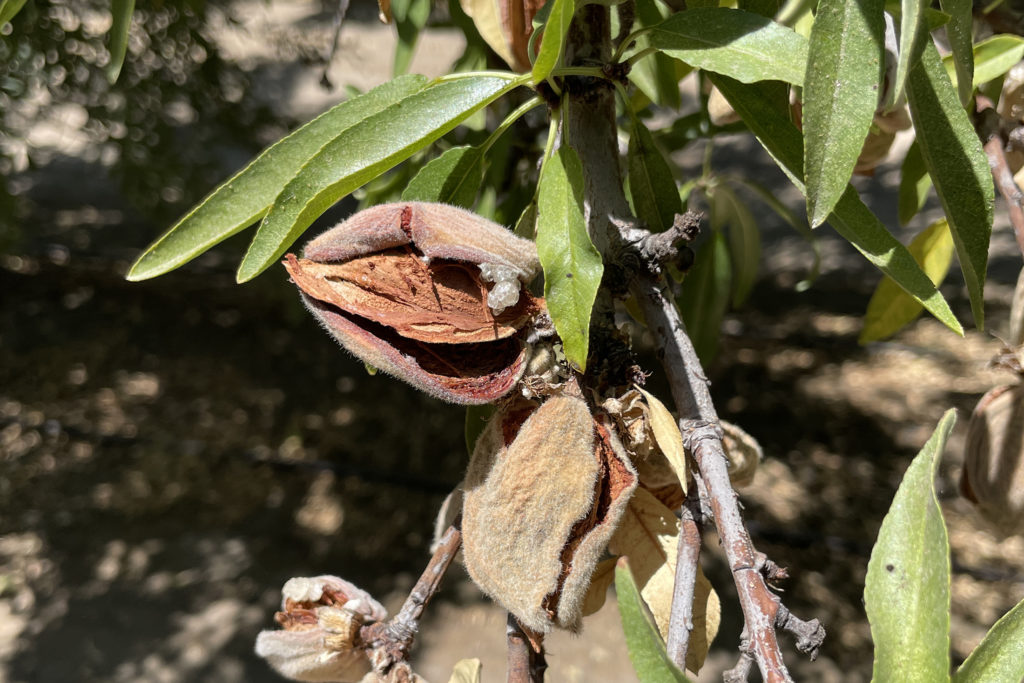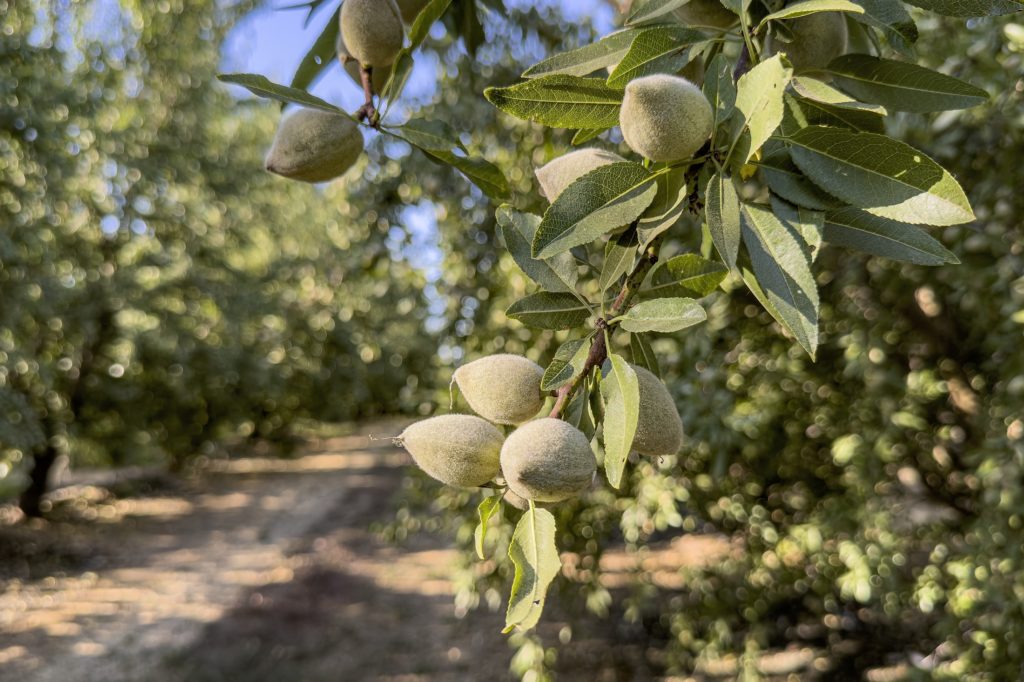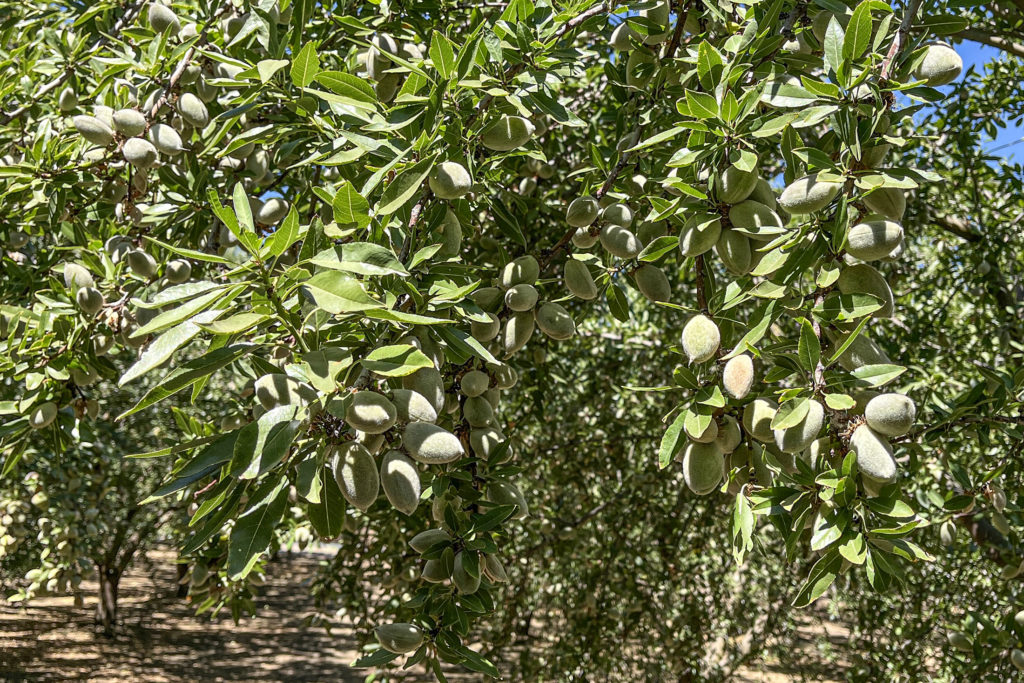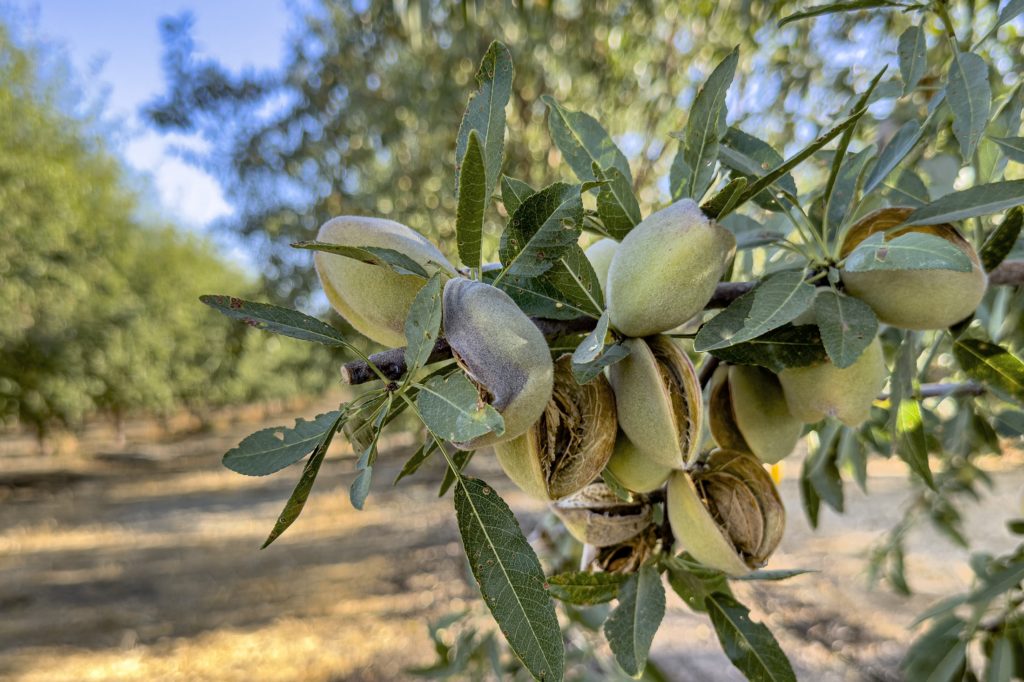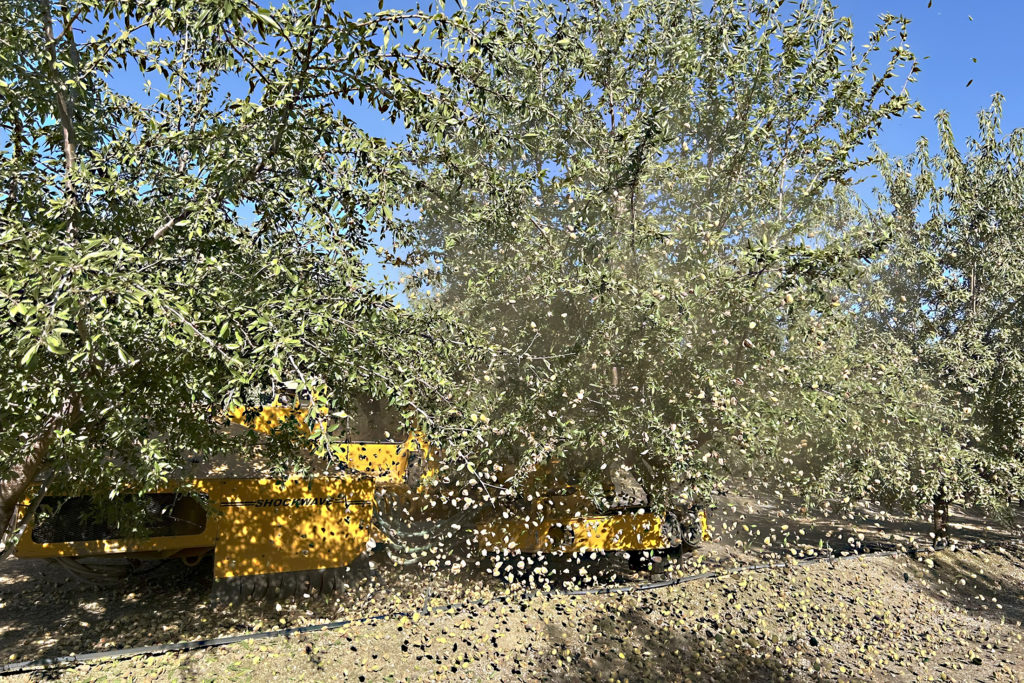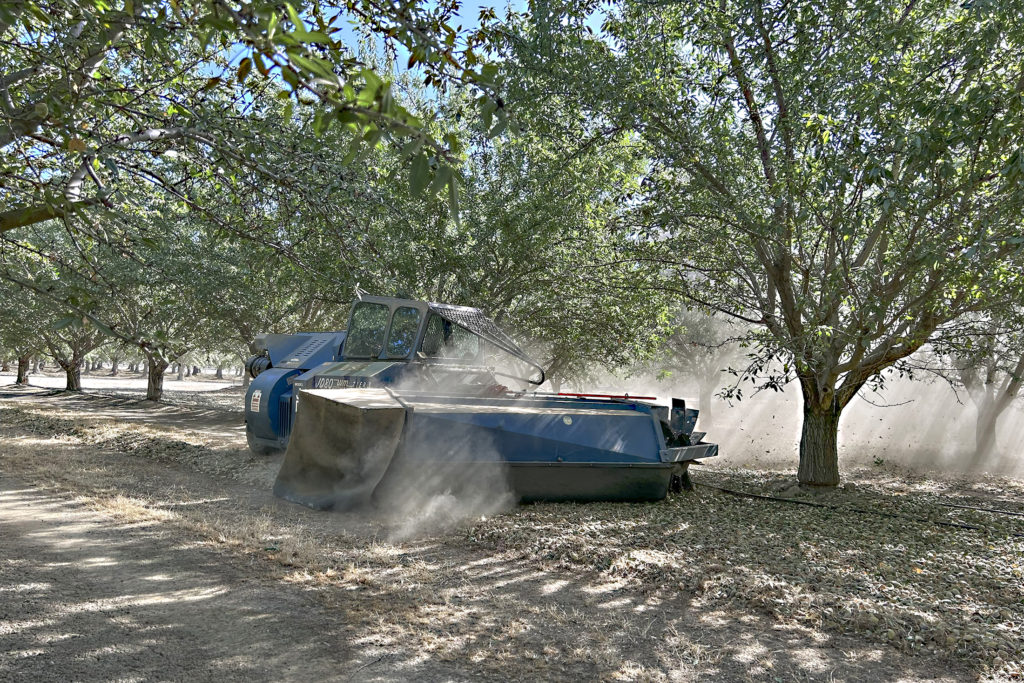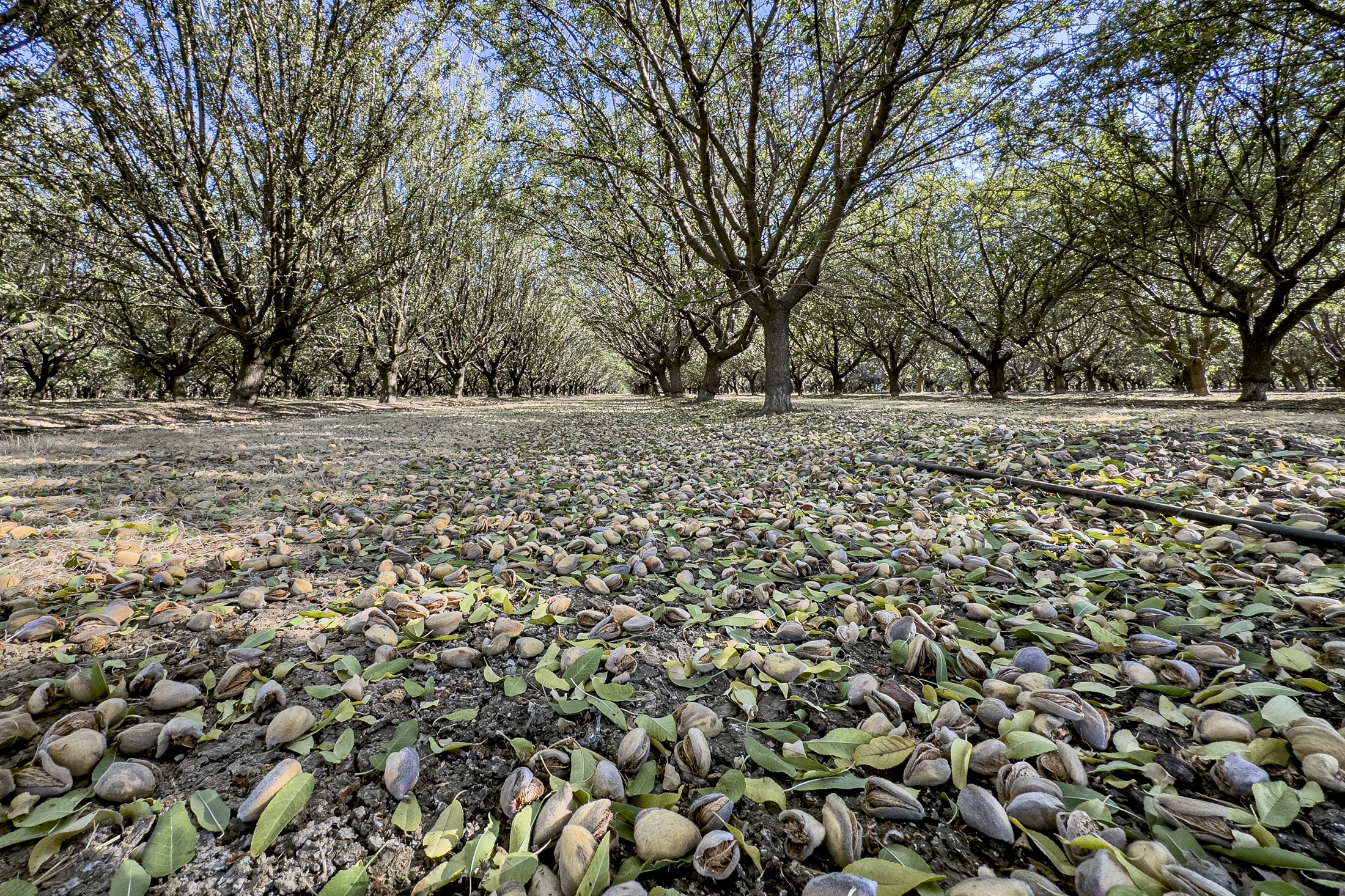
This report covers the conditions and activities observed from June 30, through August 4, 2025. The next report is scheduled for Tuesday, September 2, 2025. In the event of any significant occurrences prior to that date, this site will be updated as soon as possible.
Mild temperatures dominated the weather during much of July, providing good conditions for crop development while avoiding excessive stress. Daily maximum temperatures reached their highest level early in the period, climbing to just over the 100-degree mark in the warmest locations. Temperatures then cooled significantly, rising only into the upper 80’s to lower 90’s, as much as 10 degrees below seasonal norms, until the final week of the month when readings rose back into the mid and upper 90’s. Morning lows followed the pattern established by the daily maximums, dropping only into the lower 60’s during the warmest days, but inspiring growers to bring their jackets along in the latter half of the period when readings dipped into the lower 50’s.
Night-time Sierra Nevada thunderstorms spilled into the eastern Sacramento Valley on several occasions at mid-month, dropping several hundredths of an inch of rain in isolated areas of eastern Butte County during the third week of the period. No significant issues were created by the locally intense, but brief showers.
Final preparations for harvest dominated activities during the period as growers worked to synchronize critical pre-harvest work. Weed control to provide a clean orchard floor, and irrigation to ensure adequate soil moisture prior to shaking were a prime focus. As noted in previous reports, observers have noted that quite a few orchards are presenting excessive vegetation within the tree rows, the result of growers working to contain costs. This weed growth can inhibit movement of the crop across the orchard floor during sweeping, impeding the harvest and potentially reducing the harvested yield.
Treatments to control navel orangeworm (NOW) took center stage early in the period as growers worked to complete treatments in coordination with the hull split within each orchard. Growers and their Pest Control Advisors, PCA’s, have been monitoring traps for NOW adults and have reported that counts are running quite low. For those who have incorporated mating disruption into their control program, this is expected as the pheromones released to confuse the adult male NOW also prevent them from locating the lures used in the traps, causing the traps to “shut down.” Many growers endured significant damage in the 2023 and 2024 crops, leading growers and their PCA’s to re-focus their control strategies to ensure a clean crop in 2025. Second treatments also began at mid-month in order to maintain efficacy and to provide coverage for the associated pollenizer varieties within each orchard as they begin to split. Applications of ant bait materials designed to target only offending species have also been completed.
Harvest operations have begun in the southern San Joaquin Valley, and along the west side of Stanislaus county with shakers moving into the Nonpareil and Independence orchards during the third week of the month. Shaking also began along the west side of Yolo and Colusa counties in the Sacramento Valley during the final week of the period. Observers are reporting that shaking will increase in the first week of August as additional orchards along the west side of the central valley reach maturity. Observers have reported that many orchards along the east side of the valley and the Highway 99 corridor were still under irrigation and shaking in those areas will not begin until mid-August. First loads from a few stressed orchards that were shaken early were delivered to huller/shellers in the final week of the period and sent to stockpile. Huller/sheller managers will begin testing their facilities on early deliveries in the coming week.
By Mel Machado
Photo Credits: Mel Machado, Austin Jackson, Nicole Jansen, Christine Ivory, Ashley Correia and Anthony Scudder

